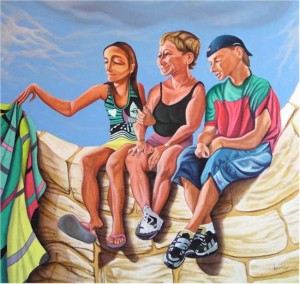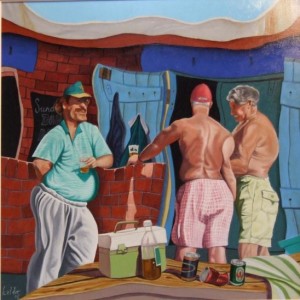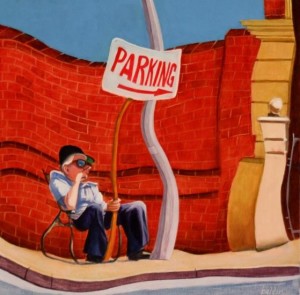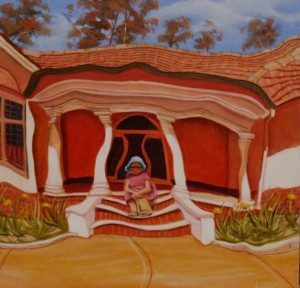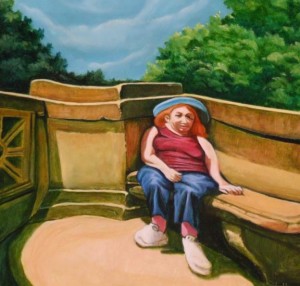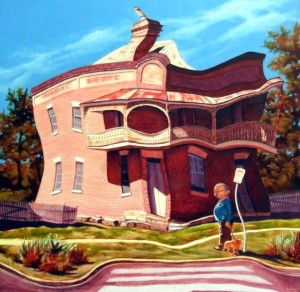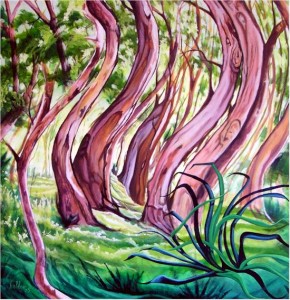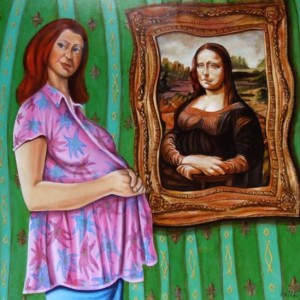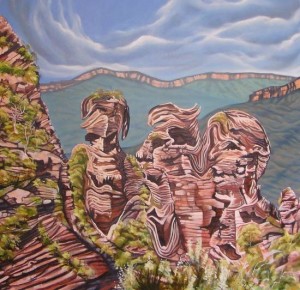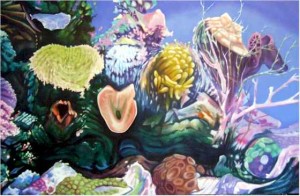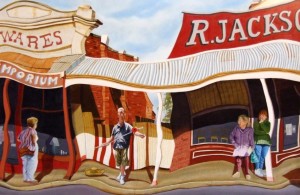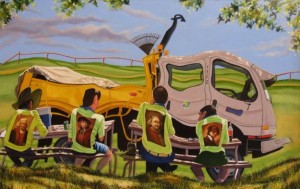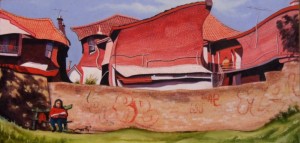For the last three decades I have been a realist artist and in my paintings I have represented a world of recognisable shapes, colours and figures as I saw them.
My methods were a combination of direct observation, drawings, sketches, studies and the occasional reference photo followed by traditional oil painting techniques. This approach has served me well and over the years I had a measure of success.
Then I bought a digital camera and discovered a new way of looking at things. Gone were the pragmatic and purely financial considerations of the old 35mm SLR, now I could shoot literally hundreds of pictures, zooming in and out, seeing the results immediately and printing out only those which I found relevant to my work.
My camera came with a program (Adobe Photoshop Elements) which was simple enough even for a non-computer person like me to learn to play with. After a few hours I became quite proficient in manipulating images, twisting and twirling them and had lots of fun.
But that’s all it was, fun and games…until one day I realised that these altered digital images could serve as foundations for a completely new type of painting.
All of a sudden the paradigms have changed.
The rules of classical perspective, the parallel lines meeting in a vanishing point, became superfluous…why bother when you could twist the horizon into whatever shape suited your concept? If Paul Klee could take the line for a walk, I can try to make it dance…the possibilities are unlimited. Now I can compose paintings, which are still figurative and representational but inhabit a universe that is abstract and real at the same time with an aesthetic of their own.
As Picasso said: “There is a way of looking and a way of seeing.”
I don’t know how far I go within this twisted universe, but in the meantime I am having fun.
There is a detailed step-by-step description of my current working approach to these new paintings in the October 2005 edition of Artist’s Palette magazine.
